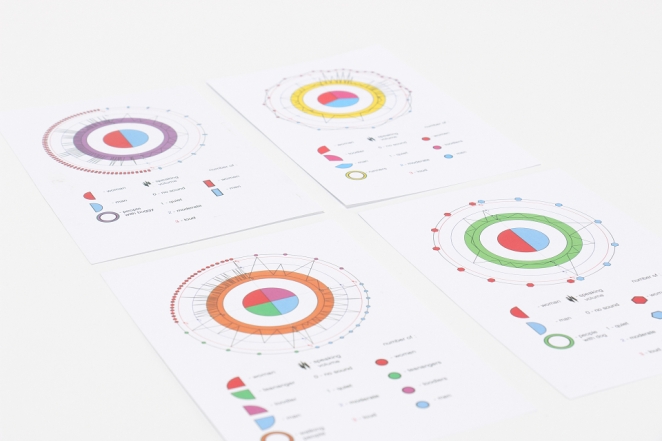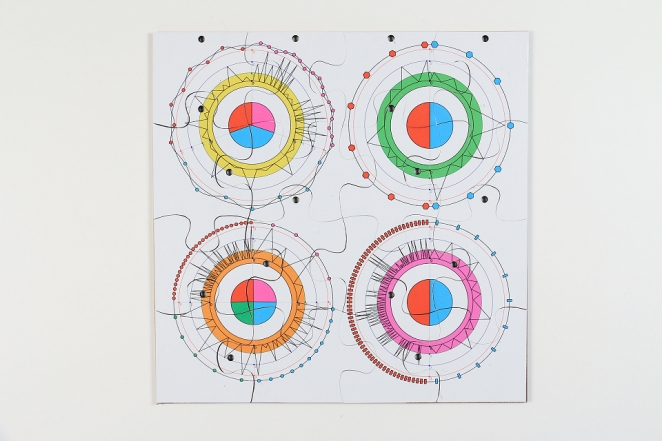By Artiom Enkov VP, Insights & Analytics at Nano interactive
We are facing yet another seismic shift in how we reach consumers with ads online. Google has made it clear that there will be no further extensions to its cookie shutdown on Chrome, which begins in Q1 2024.
From this point on, advertisers will be increasingly unable to use third party data as a proxy for understanding who people are. Arguably, it has not been a sustainable approach for a while, since Apple went through the same process on Safari a few years ago already.
Coupled with this, people’s awareness of how their data is used is at an all-time high. The vast majority (79%) report being concerned about how companies make use of it. And this problem is continuing to grow.
No matter how good your creative is, it doesn’t matter if the right people don’t see it, at the right time too. And advertisers are facing a huge challenge in finding new ways to do this effectively.
Audience-based targeting is being disrupted
The main casualty in the Google Chrome cookie shutdown next year will be audience-based targeting, targeting people with ads based on their personal data. This is at odds with the rising demand for data privacy.
In fact, many people are already taking action. A recent study showed 70% of UK adults are already accessing the internet in ways that mask their personal information, such as browsing in private or incognito mode, using Safari as their main browser, or regularly clearing their cookie cache. This trend is also growing, with almost a third (29%) saying they spend more time browsing privately compared to a year ago.
The post-cookie era begins

As targeting methods reliant on personal data become less viable, more brands are embracing innovative solutions that respect user privacy while also delivering accurate and impactful ad experiences.
As a sector, we have gone from proxies for audience (magazine vertical, TV rating points) to directly targeting demographics via cookies – even if some doubted their accuracy. And now, as signal loss kicks in, we shift back to proxies again for intent – attention, sentiment, content, and context – even if these signals are live and in the moment, in a way neither print nor cookie ever were.
Understanding a user's intent through the content they are reading or viewing, rather than making assumptions based on potentially outdated or incomplete personal data, is a powerful new tool in a post-cookie world.
For example, if someone is consuming content about the most family-friendly dogs, they’re likely to have children and be interested in related products. Or using an example around cleaning products, someone of any gender reading content about the climate crisis is likely to be environmentally motivated and more interested in green cleaning products.
By analysing and verifying intent signals against up-to-date panel data, brands gain an even deeper understanding of their target audiences, without the need for personal information.
This approach is already delivering results. This summer, The Old Vic theatre in London, together with AKA UK, needed to drive ticket sales for its children’s show, Mog the Forgetful Cat. By using a contextual, ID-free approach to targeting, they were able to drive a 35% increase in purchase consideration and a 71% uplift in click-through rate (CTR) compared to industry benchmarks, all achieved without profiling, cookies, or personal data.
What’s next for personal data?

In the age of data privacy and transparency, advertisers face a unique opportunity to embrace advertising practices that respect consumers' privacy while driving even better results. In fact, the cookie shutdown next year may be the nudge the industry needs to move away from personal data for good.
But don’t just take our word for it – to quote our research project again surveying UK consumers, more than half (52%) of people said they would be more likely to choose a brand if it could prove it never collected or used any personal information for advertising.
So, there you have it – clearly, there is an ethical question for brands here – whether to affirm their dedication to respecting consumer privacy, at a time of great change. But if they’re thinking that doing so will be detrimental to their business? In a post-cookie era, the opposite may in fact be true.
Visuals by Anna Kruk




